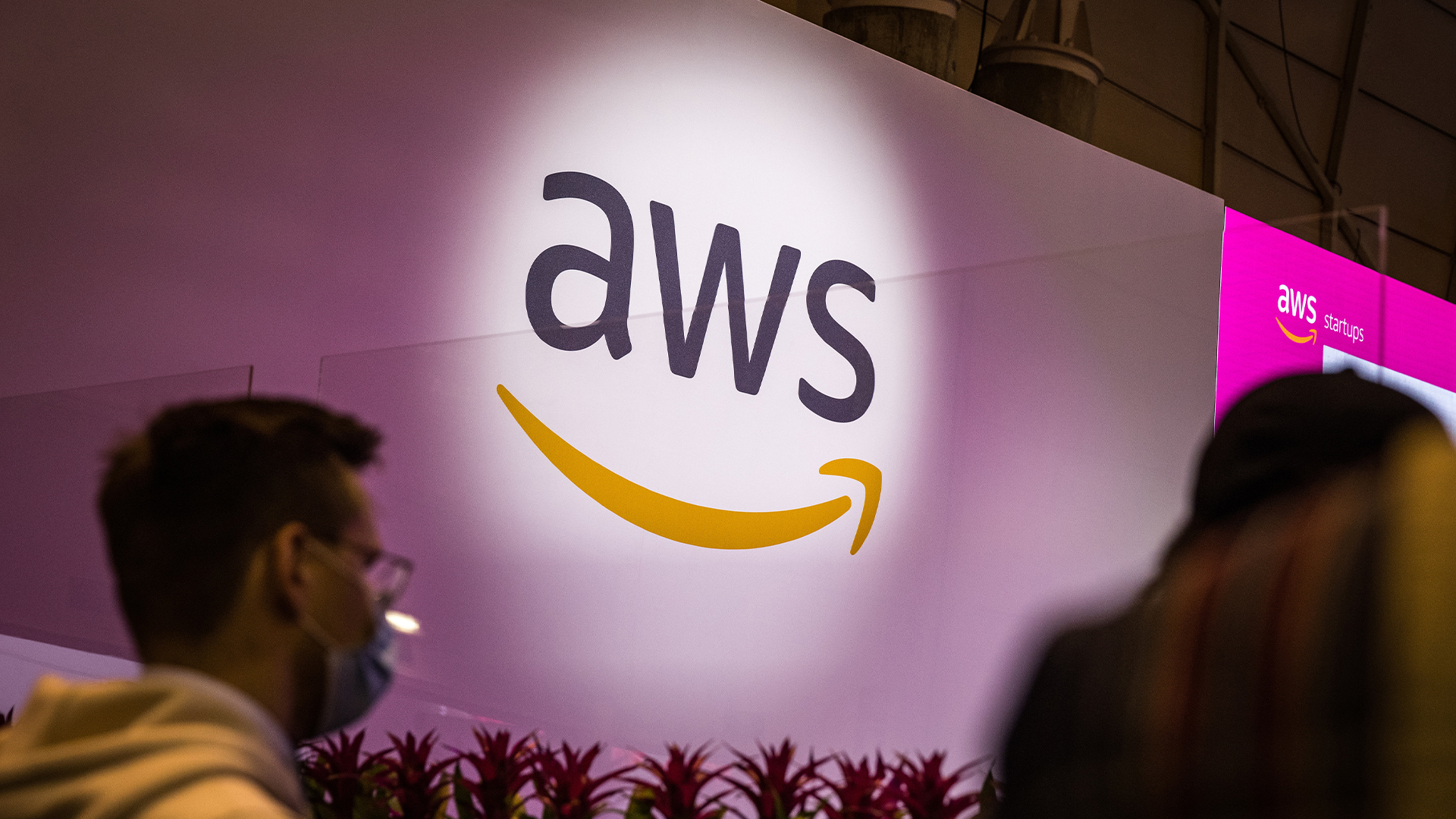Otter.ai wants to bring agents to all third party systems – with transcription just the start
The AI transcription company is targeting intelligent scheduling and interoperability with project management systems, based on securely-stored transcription data
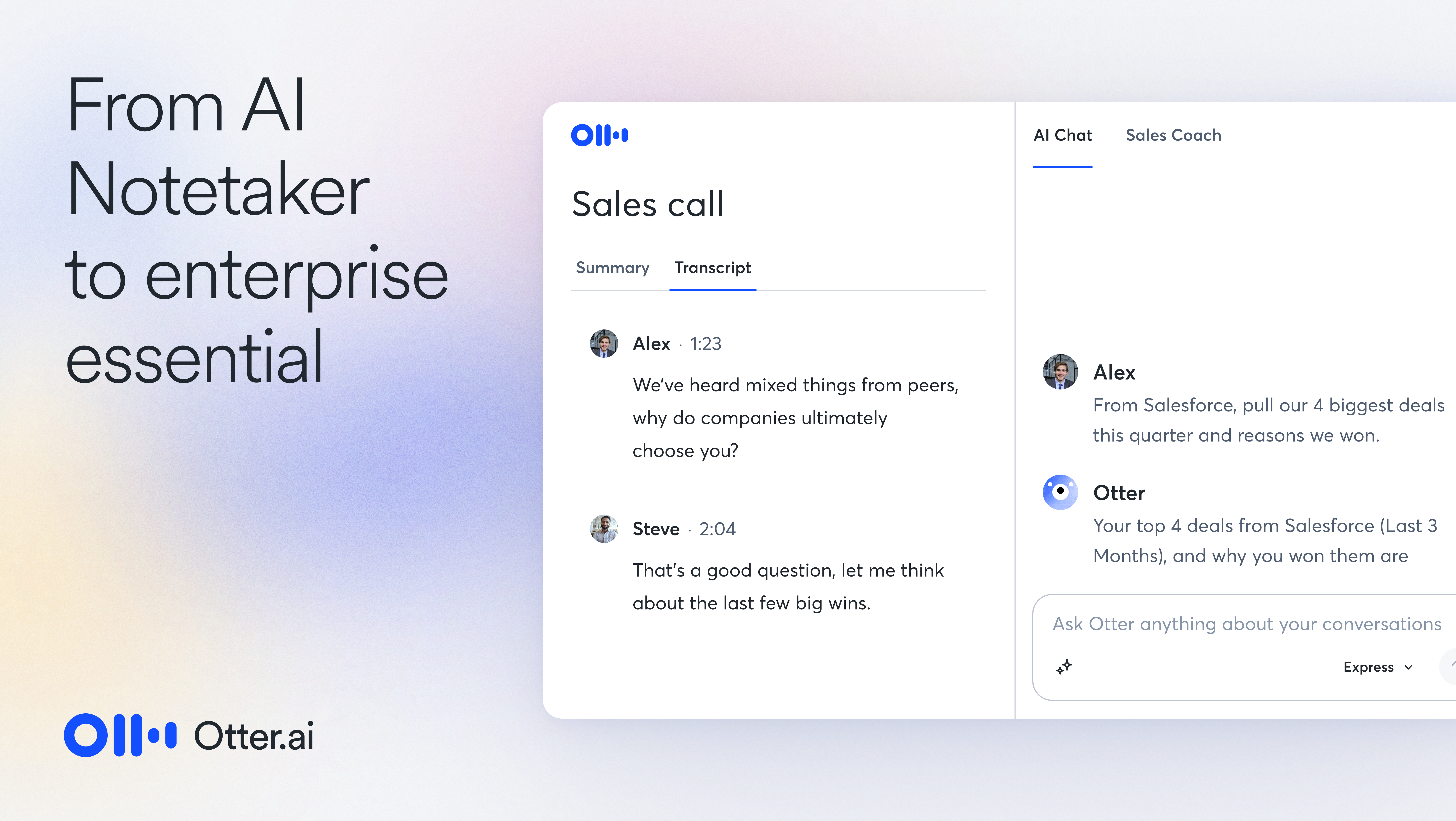

Otter.ai has unveiled new agentic AI features to connect its app to more third-party applications, alongside autonomous features to streamline the project management workflow.
A new public application programming interface (API) for Otter will now allow developers to connect data from Otter with their existing enterprise systems such as a customer relationship management (CRM) offering.
Sam Liang, co-founder and CEO of Otter.ai, told ITPro that the firm has built integrations with systems such as Salesforce and HubSpot, as well as project management systems such as Asana and Atlassian.
“The data can flow both ways,” Liang explained.
“The data can automatically be put into Otter so that the Otter Agents can make use of the CRM data, or project management data in meetings, or the data can flow out of Otter to whatever system enterprise customers use.”
For example, Otter’s new agents can be configured to automatically populate an Asana project with action items based on a discussion between coworkers held on Zoom.
In addition to the new API support, Otter has also created a dedicated model context protocol (MCP) server for Otter, allowing its agents to connect with AI platforms such as Claude and ChatGPT.
Sign up today and you will receive a free copy of our Future Focus 2025 report - the leading guidance on AI, cybersecurity and other IT challenges as per 700+ senior executives
Admins will be able to configure what data is passed to their given tool, with granular controls over the data they expose to third party tools and protections against the contextual enterprise data Otter captures from being shared with unwanted parties.
Otter’s AI agent is capable of automatically taking screenshots of slides during a virtual presentation, as well as pulling data from the slides so users can easily search for terms in the transcript even if they weren’t spoken aloud.
Another of the new features is Advanced agentic AI chat which can be used to analyze hundreds of individual audio recordings, as well as to allow users to ‘chat’ with a transcript in real-time, for example to catch up on the content of a meeting after joining ten minutes late.
It can also autonomously create documents and schedule meetings based on action points and follow-ups discussed within a call.
Liang told ITPro that data security was a chief benefit of using the Otter.ai desktop app, with enterprise customers given a choice over how much of their enterprise conversation data is shared with third parties.
As of July, Otter.ai has become Health Insurance Portability and Accountability Act (HIPAA) compliant and Liang stressed that admins would be given advanced controls over which meetings Otter will and won’t have access to, as well as how data will be stored and shared.
Otter.ai’s USP
Otter’s transcription software is already compatible with virtual collaboration software such as Microsoft Teams, Google Meet, and Zoom and can be run as a standalone desktop app for macOS (the Windows release is forthcoming).
Liang told ITPro that while most people think of Otter.ai as a meeting transcription company, it sets itself apart from competitors with its ability to connect meeting transcripts according to a customer’s unique environment and context.
“Most meeting note takers are working on a single meeting note basis,” he explained.
“They can transcribe and summarize but they don't have a system to organize, share meeting notes with the the whole team or the whole company, and make everything searchable, make everything chatable or organize the meetings in a structure like, for example, the Slack channel structure, so that the whole team can get maximum value out of the meetings.”
With the new AI features, Otter.ai aims to broaden this context database to streamline business processes. This will allow workers to quickly access information like previous interactions with specific clients and to ask company-specific questions about prior conversations or targets.
The firm is also encouraging use of its desktop app, which can capture audio from meetings without an Otter bot needing to join and will soon be released for Windows.
“[With] the high level strategy, again, this is where we are different from Zoom, we're different from Microsoft Copilot.
“We allow you to create this corporate meeting knowledge base and then enable workflows based on who you are. It could be a salesperson, could be a recruiter, could be a project manager, then Otter will create all these agents using the corporate knowledge base to optimize your workflow.”
Otter uses a hybrid approach to AI, with some reliance on OpenAI and Anthropic models for its features as well as Otter.ai’s proprietary models. But Liang stressed that for text to speech, speech recognition, and speaker ID, it only uses its own models, which it finds are more accurate across different accents.
He added that it has had to fine tune its proprietary models because transcripts have very different characteristics from written documents, on which most large language models (LLMs) have been trained.
“Transcripts based on meetings number one, have multiple speakers. This is very different from a written document. Multiple speakers, they take turns and everyone speaks maybe a few sentences or a few minutes.”
At present, users can enter ‘customer vocabulary’ into the tool, so it can accurately transcribe industry-specific terms or acronyms. Going forward, Otter is developing its models to complete this process automatically.
The firm estimates that its average customer can save the equivalent of one full-time employee’s workload for every 20 users, a 10:1 return on investment.
With over a billion meetings now having been processed with Otter, the company is working to make its tool even easier to connect to the most popular enterprise software.

Rory Bathgate is Features and Multimedia Editor at ITPro, overseeing all in-depth content and case studies. He can also be found co-hosting the ITPro Podcast with Jane McCallion, swapping a keyboard for a microphone to discuss the latest learnings with thought leaders from across the tech sector.
In his free time, Rory enjoys photography, video editing, and good science fiction. After graduating from the University of Kent with a BA in English and American Literature, Rory undertook an MA in Eighteenth-Century Studies at King’s College London. He joined ITPro in 2022 as a graduate, following four years in student journalism. You can contact Rory at rory.bathgate@futurenet.com or on LinkedIn.
-
 Businesses finding it hard to distinguish real AI from the hype, report suggests
Businesses finding it hard to distinguish real AI from the hype, report suggestsNews An Ernst & Young survey finds that CEOs are working to adopt generative AI, but find it difficult to develop and implement
-
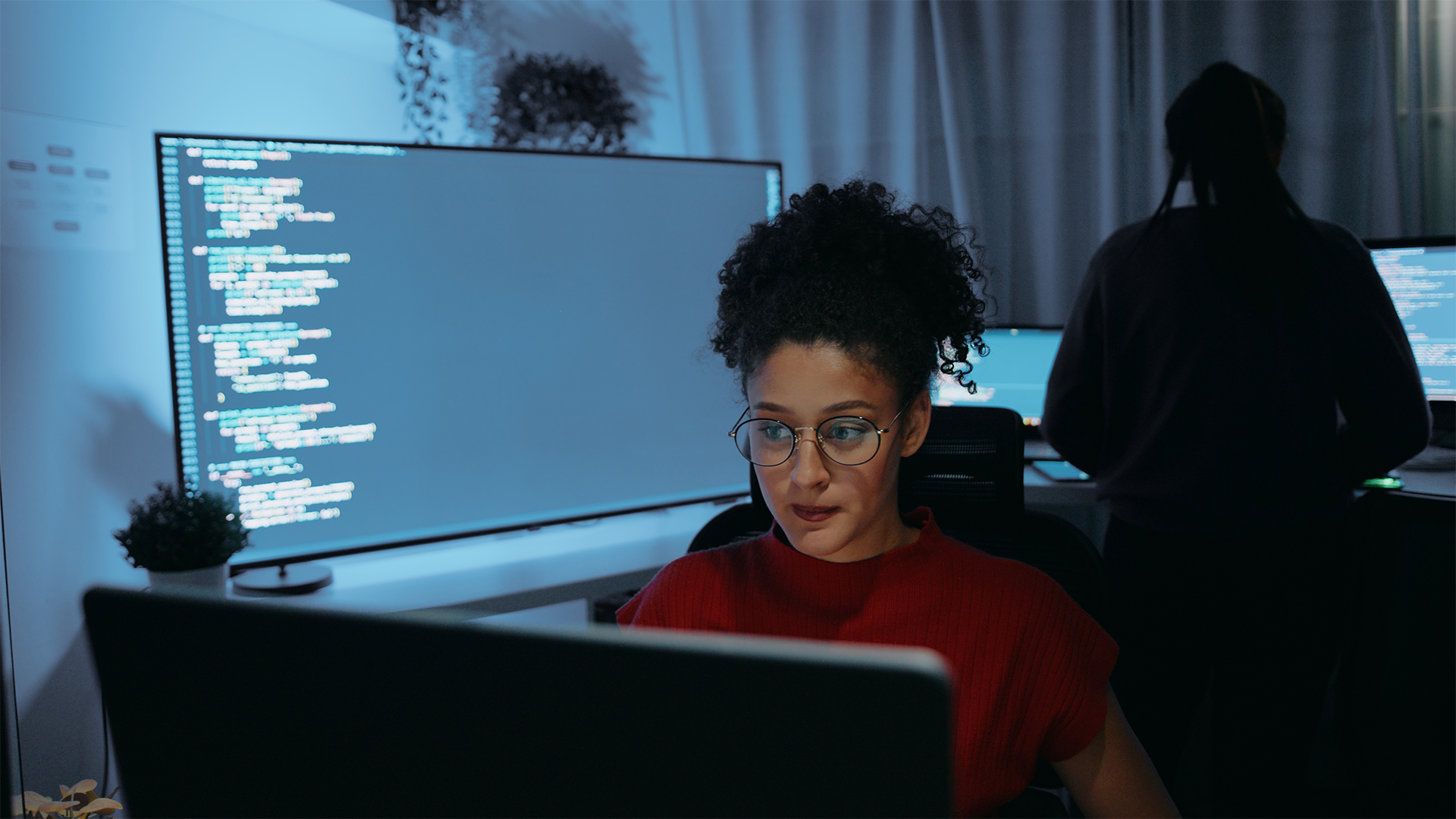 Is ChatGPT making us dumber? A new MIT study claims using AI tools causes cognitive issues, and it’s not the first – Microsoft has already warned about ‘diminished independent problem-solving’
Is ChatGPT making us dumber? A new MIT study claims using AI tools causes cognitive issues, and it’s not the first – Microsoft has already warned about ‘diminished independent problem-solving’News A recent study from MIT suggests that using AI tools impacts brain activity, with frequent users underperforming compared to their counterparts.
-
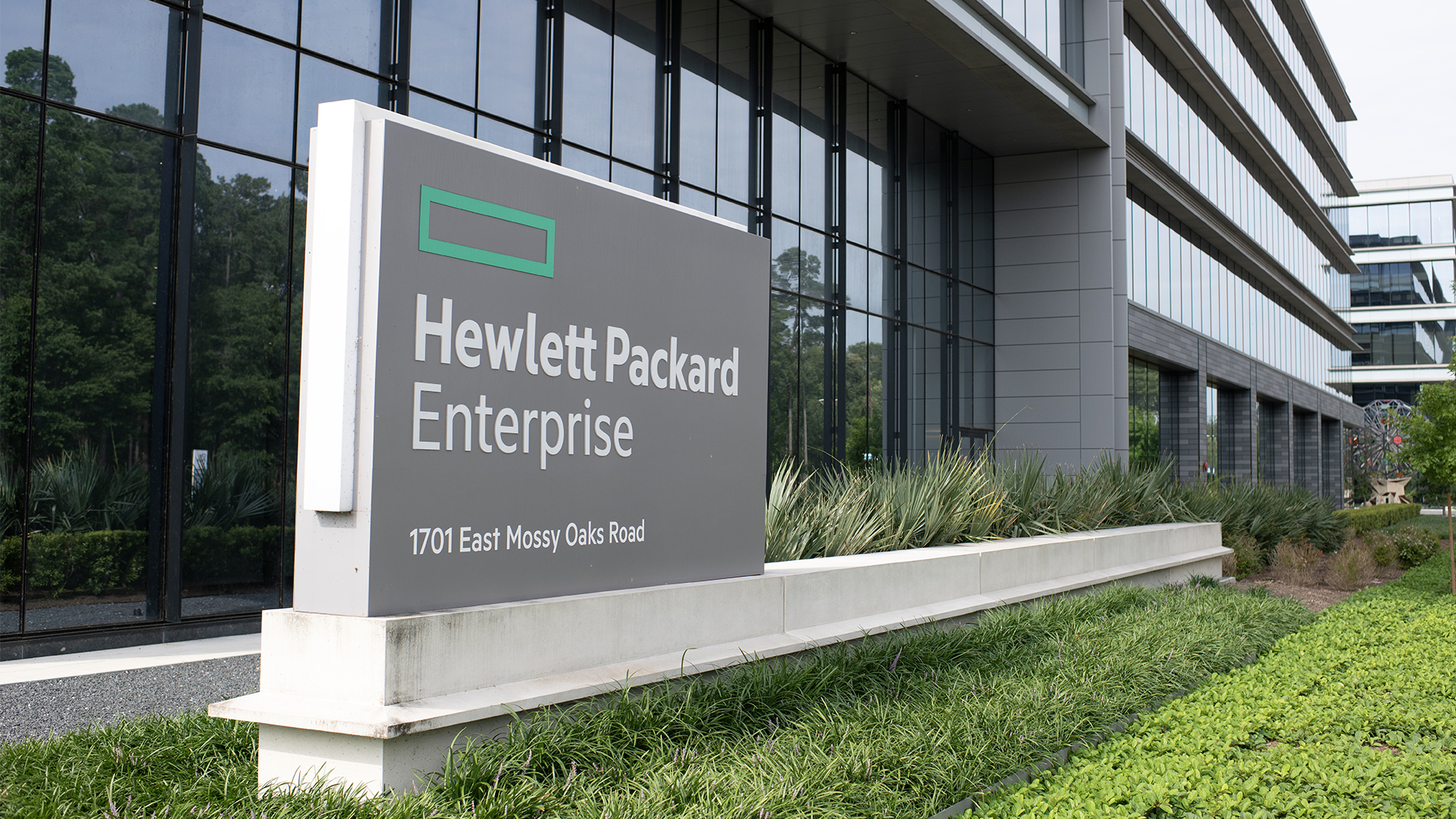 HPE's AI factory line just got a huge update
HPE's AI factory line just got a huge updatenews New 'composable' services with Nvidia hardware will allow businesses to scale AI infrastructure
-
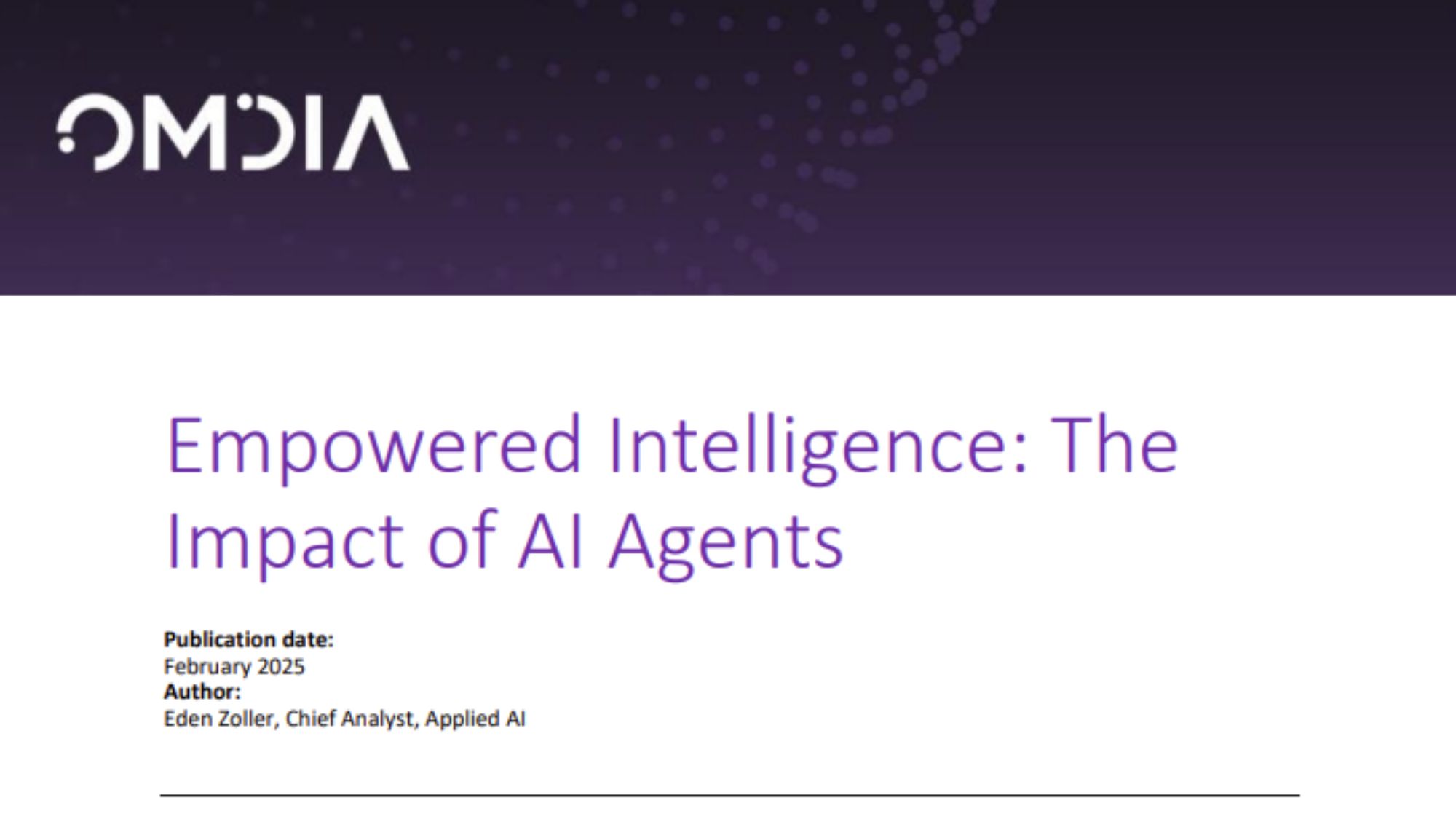 Empowered Intelligence: The Impact of AI Agents
Empowered Intelligence: The Impact of AI Agents -
 Microsoft says AI tools such as Copilot or ChatGPT are affecting critical thinking at work – staff using the technology encounter 'long-term reliance and diminished independent problem-solving'
Microsoft says AI tools such as Copilot or ChatGPT are affecting critical thinking at work – staff using the technology encounter 'long-term reliance and diminished independent problem-solving'News Research from Microsoft suggests that the increased use of AI tools at work could impact critical thinking among employees.
-
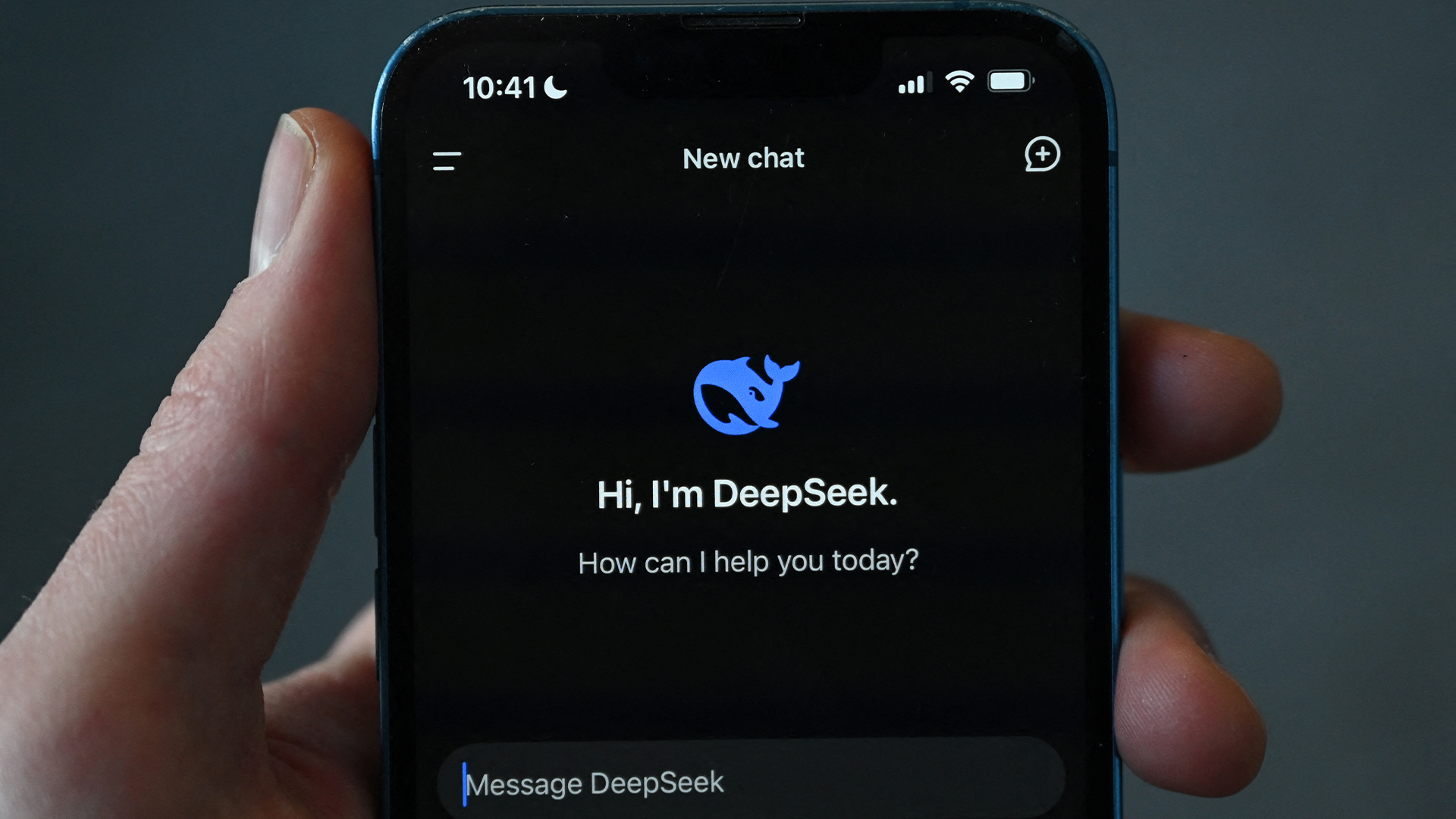 Looking to use DeepSeek R1 in the EU? This new study shows it’s missing key criteria to comply with the EU AI Act
Looking to use DeepSeek R1 in the EU? This new study shows it’s missing key criteria to comply with the EU AI ActNews The DeepSeek R1 AI model might not meet key requirements to comply with aspects of the EU AI Act, according to new research.
-
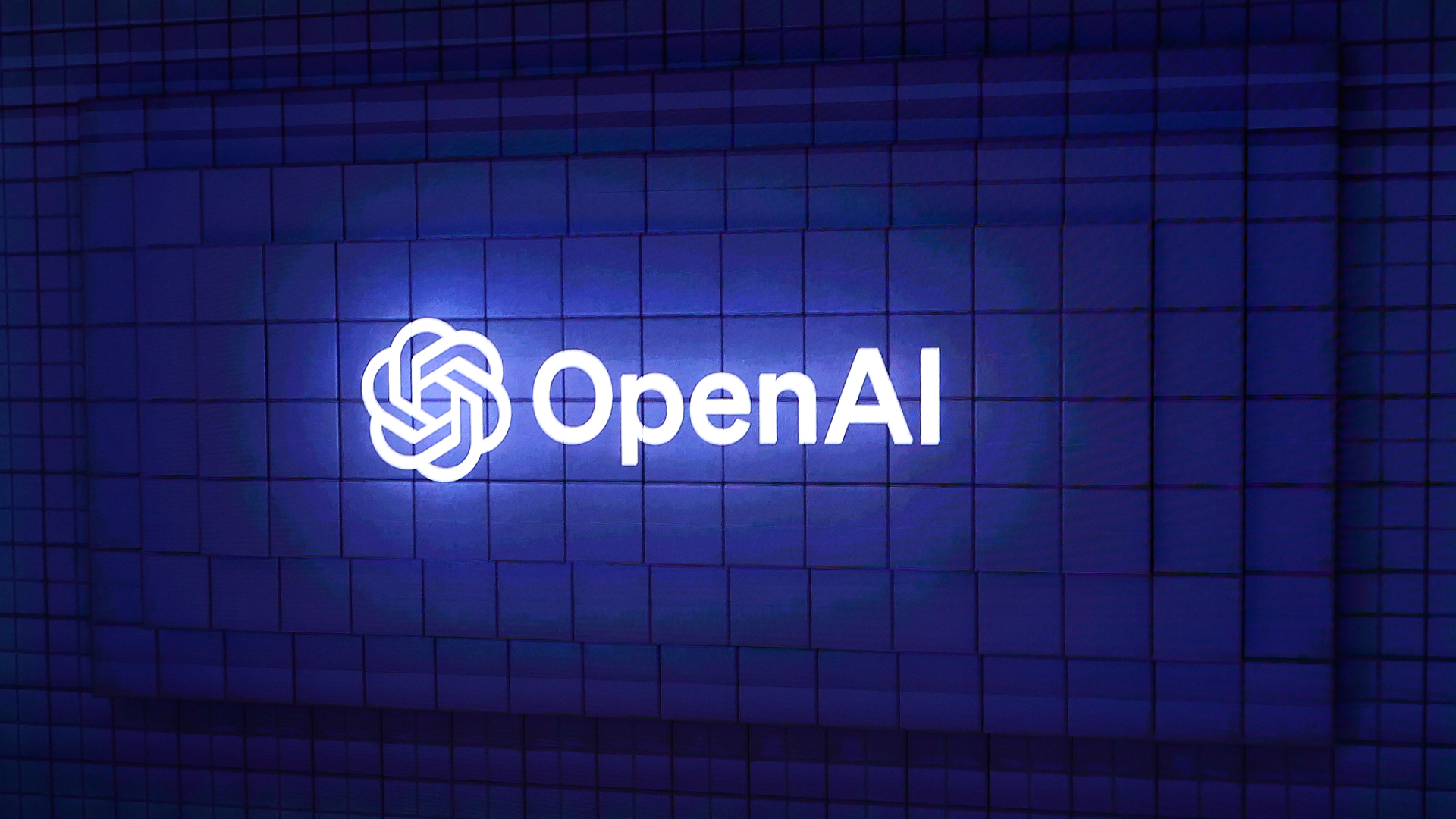 OpenAI unveils its Operator agent to help users automate tasks – here's what you need to know
OpenAI unveils its Operator agent to help users automate tasks – here's what you need to knowNews OpenAI has made its long-awaited foray into the AI agents space
-
 Workers are warming to agentic AI, but concerns over accuracy linger
Workers are warming to agentic AI, but concerns over accuracy lingerNews Research from Pegasystems shows workers are keen on adopting agentic AI tools, but concerns over accuracy may be harming uptake,
